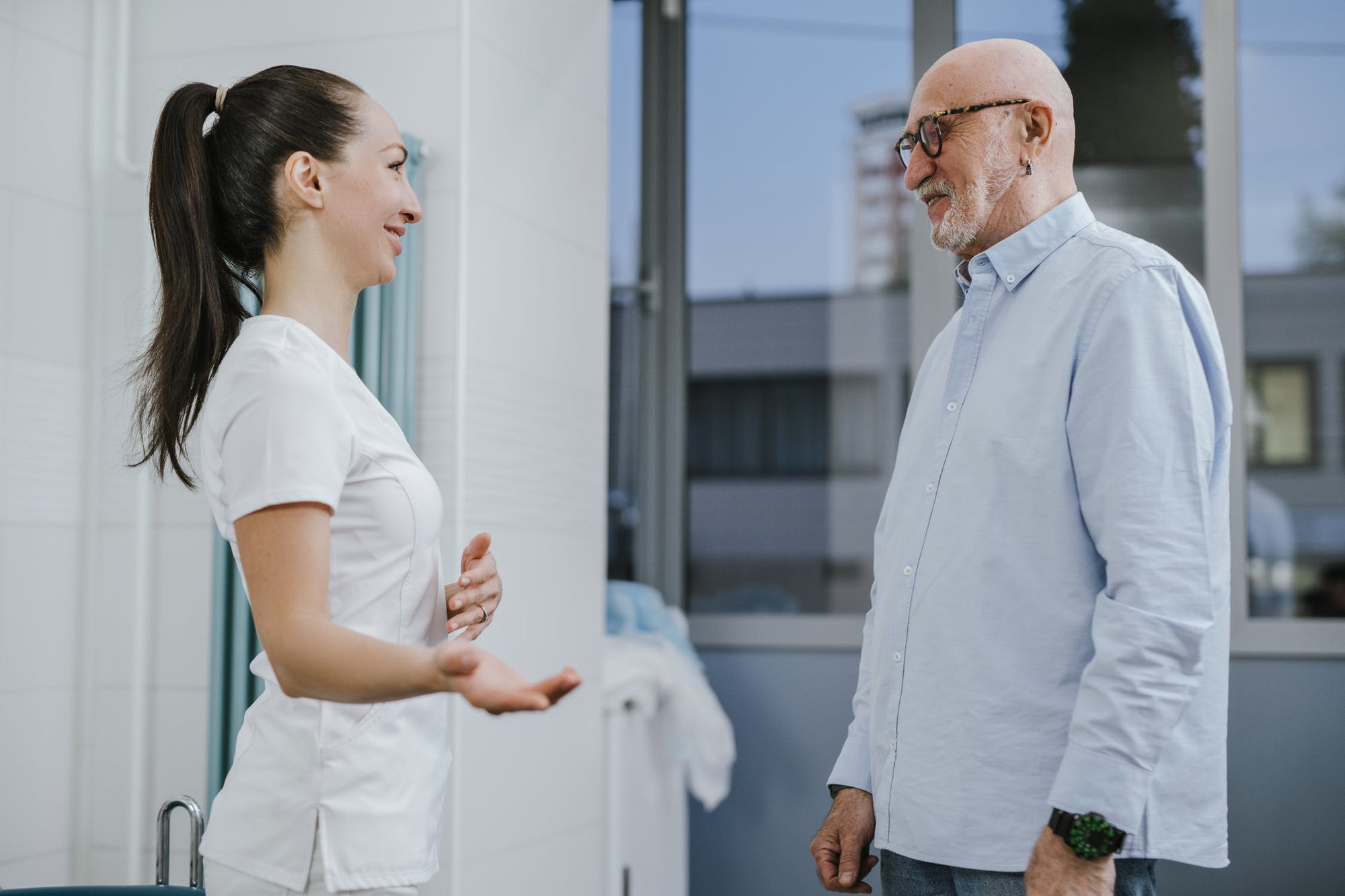What Methods of Examination Do You Use in a Head to Toe Assessment?
What Methods of Examination Do You Use in a Head to Toe Assessment?
There are several procedures for performing a physical examination. While inspecting a patient in detail, you will use four main methods. We’ll describe briefly what they are and what they entail.Inspection
Always performed first, inspection also is the most repeated method of examination. You need to use your sight and smell to check specific body areas for normal color, shape, and consistency.Palpation
Touching the patient to sense abnormalities on (or in) the body is known as palpation. In the process of conducting a head-to-toe assessment, you will employ two kinds of palpation: light and deep. Light palpation is gentle and gives information about skin texture and moisture, fluids, muscle guarding, and some superficial tenderness the patient may be experiencing. On the other hand, deep palpation explores the internal structures of the body to a depth of four to five centimeters. Using this technique, RNs can learn more about organs and masses’ position, shape, mobility, and possible areas of discomfort.Percussion
This third technique requires the nurse to tap on the patient’s body to produce sound vibrations. These sounds can confirm the presence of air, fluid, and solids. It can also pinpoint organ size, shape, and position.Auscultation
The last method of examination is auscultation. It implies listening to the heart, lungs, neck, or abdomen to gather information. Direct auscultation is done with the unaided ear. Indirect auscultation requires the presence of amplification or mechanical devices, such as a stethoscope.
How Do You Start an Assessment?
The first thing you need to do before starting an assessment per se is to build rapport with the patient. Introduce yourself, explain what you will be doing, ask what brings them to the doctor’s office. Address any questions they may have before you begin. Ask if there’s something you could do to make them more comfortable, like changing the room’s temperature or the lighting. It’s essential to build a relationship with the patient before the actual physical examination begins. From the moment you walk into the room, you should start making mental notes of certain physical clues the patient might display:- Their general appearance (How does their hygiene, dress, affect seem?)
- Their posture (Do they seem to experience problems sitting/standing?Are they grunting during movement?)
- Is their speech clear or slurred?
- Are there any abnormal smells?
- Their alertness (Can they answer questions? Are they reluctant to speak?)
- Signs of distress (Do they seem visibly confused, pale? Do they have problems breathing? Are they avoiding eye contact?)

Order Now